Entering the field of interior design involves more than merely stocking rooms with beautiful objects and following the newest trends. It’s about creating environments that soothe our bodies, speak to our souls, and bring joy into our everyday lives. Through the process of turning houses into homes, we learn that design has the ability to do more than just look good—it can also energize, heal, and uplift.
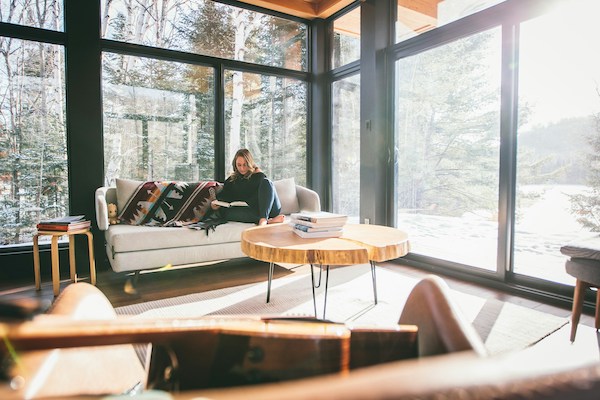
This guide is an invitation to discover how well-considered design decisions can effortlessly combine the fashionable and the healing, transforming our living areas into havens of health, tranquility, and well-being. Together, let’s go out on this journey to create environments that feel as amazing as they look.
Embrace Natural Light
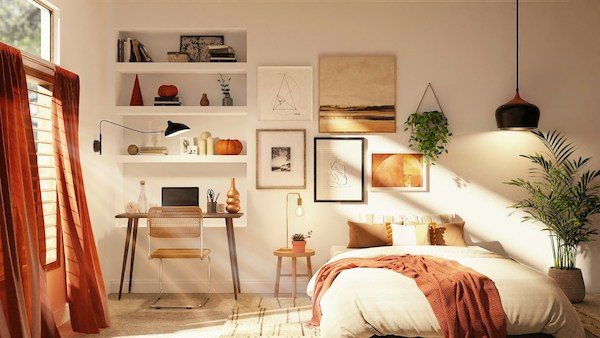
How do you feel when you get some sun during the winter? Exactly! It feels great. So, to increase the sunlight that enters your home, think about adding skylights or bigger windows. Controlling the amount of light without compromising privacy is possible with transparent curtains or shades that are simple to move throughout the day. By reflecting light into darker areas, mirrors positioned strategically across from windows can quadruple the amount of light that comes in.
Natural light improves the absorption of vitamin D, which is crucial for the immune system and bone health, in addition to its aesthetic value. Additionally, by balancing our circadian cycles, we can enhance the quality of our sleep and our general vigor. A healthy, active lifestyle is supported by the deliberate incorporation of natural light, which not only brightens places but also embodies design.
Incorporate Plants and Greenery
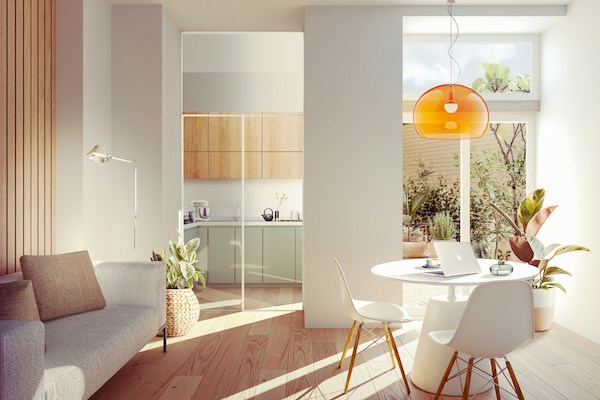
Adding plants to your home is a wellness tactic as much as a style statement. In addition to being aesthetically pleasing, indoor plants such as peace lilies, spider plants, and snake plants also act as natural air filters by absorbing toxins and releasing oxygen. Indoor vegetation has been shown to reduce stress, improve focus, and raise happiness levels.
Research indicates that engaging with plants, even in the form of a tiny indoor garden, can have therapeutic benefits that lower stress levels and enhance mental health. Furthermore, plants give interior design a dynamic touch by bringing textures, colors, and shapes that can energize any area and increase its sense of openness to the outside world. If you’re not very good with plants, even fake varieties will work surprisingly well!
Prioritize Comfort and Functionality
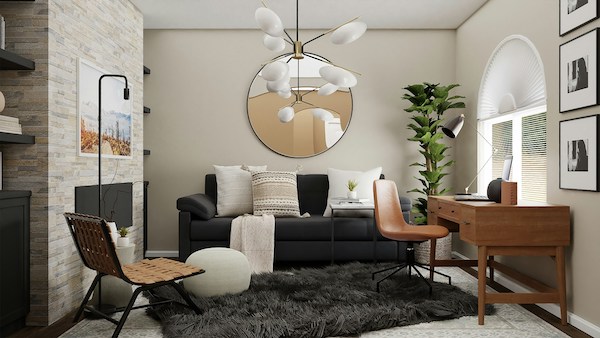
Comfort and functionality are paramount when designing a living space, especially in areas where space must be utilized wisely. The layout should allow for easy movement and interaction, avoiding clutter while defining clear, functional areas for work, rest, and socializing.
An interesting thing you can find in Greenville NC apartments, for instance, is multifunctional furniture, such as beds with storage or extendable dining tables, which can enhance the usability of small spaces. By prioritizing these elements, interior design transcends aesthetic appeal, actively contributing to a healthier lifestyle and promoting well-being through thoughtful, practical arrangements that cater to daily needs.
Choose Calming Color Schemes
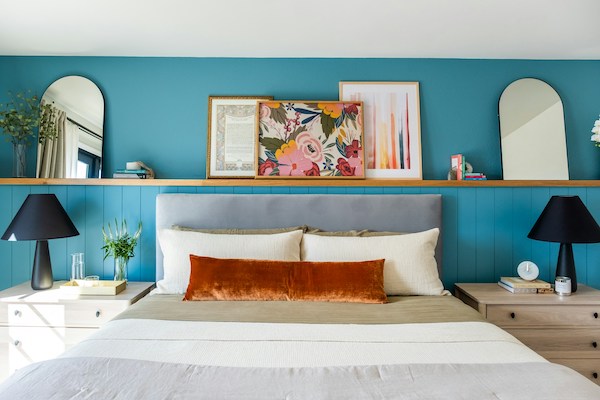
It is impossible to overestimate the influence that color has on our mental and emotional health. Pastel colors and soft, earthy tones can turn a room into a peaceful haven that promotes stress reduction and relaxation. These hues have a grounding effect and are reminiscent of nature, which helps calm the mind after a long day. Conversely, sparingly adding splashes of brilliant color can energize a space and inspire innovation. While selecting color schemes, it’s important to keep in mind how each room will be used.
For example, soothing blues and greens are ideal for bedrooms as they encourage sound sleep, while warmer hues can make living areas feel more inviting. Color can be used to strategically customize an area and affect its mood, and it’s something you can do yourself, no contractors needed.
Personalize Your Space
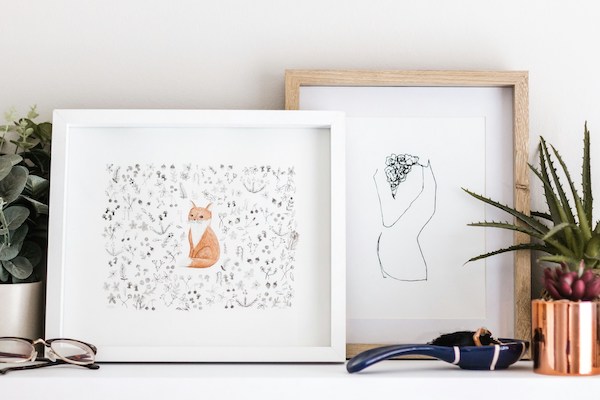
Personalizing your space with items that hold sentimental value, such as family heirlooms, art, or photographs, can make it feel uniquely yours. This connection fosters a sense of belonging and happiness. Moreover, tailoring your surroundings to your tastes and way of life—whether by choosing furniture, artwork, or even the arrangement—guarantees that the area will feel genuinelly comfortable and useful in addition to being aesthetically pleasing.
Personalization is a creative activity that can greatly improve emotional well-being and promote self-expression. Personalized spaces are strong elements of a holistic approach to interior design because they represent identity, experiences, and the things that are most important to the user.
Crafting spaces that nurture health, happiness, and well-being is an art that goes beyond mere decoration. It’s about creating environments where every element serves a purpose, contributing to our physical and mental harmony. This holistic approach to interior design invites us to rethink our surroundings as active participants in our daily quest for a balanced life. In the end, the spaces we create are not just places to live but spaces that enhance living, making every corner, every color, and every piece of furniture a testament to a life well-lived and well-loved.
Read More:

